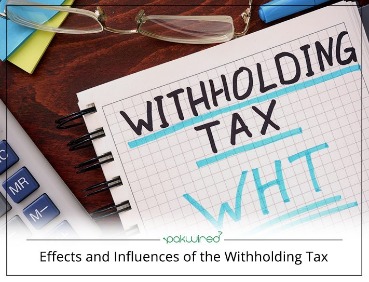Content

We do not record any estimates or use the Allowance for Doubtful Accounts under the direct write-off method. We record Bad Debt Expense for the amount we determine will not be paid. This method violates the GAAP matching principle of revenues and expenses recorded in the same period.
- If you win a civil case against a client and are awarded a judgment, you then have to take action to collect payment.
- In the preceding illustration, the $25,500 was simply given as part of the fact situation.
- Established companies rely on past experience to estimate unrealized bad debts, but new companies must rely on published industry averages until they have sufficient experience to make their own estimates.
- Percentages based on past history are applied to different strata.
- Option B) Under this Option, No reduction of Debtors has been done and we have to write off the account receivables.
- To do so, the company needs to eliminate the asset account, then either eliminate the allowance account or create an expense account if an allowance account does not exist.
Writing Off An Account Under The Allowance Method your Accounts Receivable account and credit your Allowance for Doubtful Accounts account. On May 1, Dexter, Inc. factored $800,000 of accounts receivable with Quick Finance on a without recourse basis.
Change Management
Include the https://intuit-payroll.org/ debt recovery funds in your business’s annual gross income. If you recover bad debt, you must update your books, statements, and tax returns. Although bad debt recovery can help you gain back an uncollected debt, it can be time-consuming.
- Bad debt expense also helps companies identify which customers default on payments more often than others.
- The visual below also includes the journal entry necessary to record bad debt expense and establish the allowance for doubtful accounts reserve .
- The aging method groups all outstanding accounts receivable by age, and specific percentages are applied to each group.
- Resolve’s credit assessment uses proprietary financial databases and algorithms to assess your customers without needing a single thing from them.
- Too often, sales professionals rely on intuition and past experience to recommend net terms.
- Suppose a company generated $1 million of credit sales in Year 1 but projects that 5% of those sales are very likely to be uncollectible based on historical experience.
It also records the accounts receivables on the balance sheet and an estimated amount of cash to be collected. The first method is the allowance method, which establishes a contra-asset account, allowance for doubtful accounts, or bad debt provision, that has the effect of reducing the balance for accounts receivable. An adjustment is made at the end of each accounting period to estimate bad debts based on the business activity from that accounting period. Uncollectible accounts, which is more commonly known as bad debt expense, is included in the calculation of profits . An uncollectible account is written-off and an expense is recognised. Because uncollectible accounts are a normal part of any business, bad debt expense is considered an operating expense. This distortion goes against GAAP principles as the balance sheet will report more revenue than was generated.
3: Direct Write-Off and Allowance Methods
The direct write off method is a way businesses account for debt can’t be collected from clients, where the Bad Debts Expense account is debited and Accounts Receivable is credited. Bad debt is an expense that a business incurs once the repayment of credit previously extended to a customer is estimated to be uncollectible. It is reported along with other selling, general, and administrative costs. In either case, bad debt represents a reduction in net income, so in many ways, bad debt has characteristics of both an expense and a loss account. Consider a company going bankrupt that can not pay for all of its bills.
- A reserve for bad debts that may occur in the future is created using the allowance method.
- The direct write off method is one of two methods to account for bad debts in bookkeeping.
- If the seller is a new company, it might calculate its bad debts expense by using an industry average until it develops its own experience rate.
- Because the allowance went relatively unchanged at $1.1 billion in both 2020 and 2021, the entry to bad debt expense would not have been material.
- The account “Allowance for Uncollectible Accounts” normally has a ______ balance.
Carter McBride started writing in 2007 with CMBA’s IP section. He has written for Bureau of National Affairs, Inc and various websites.
